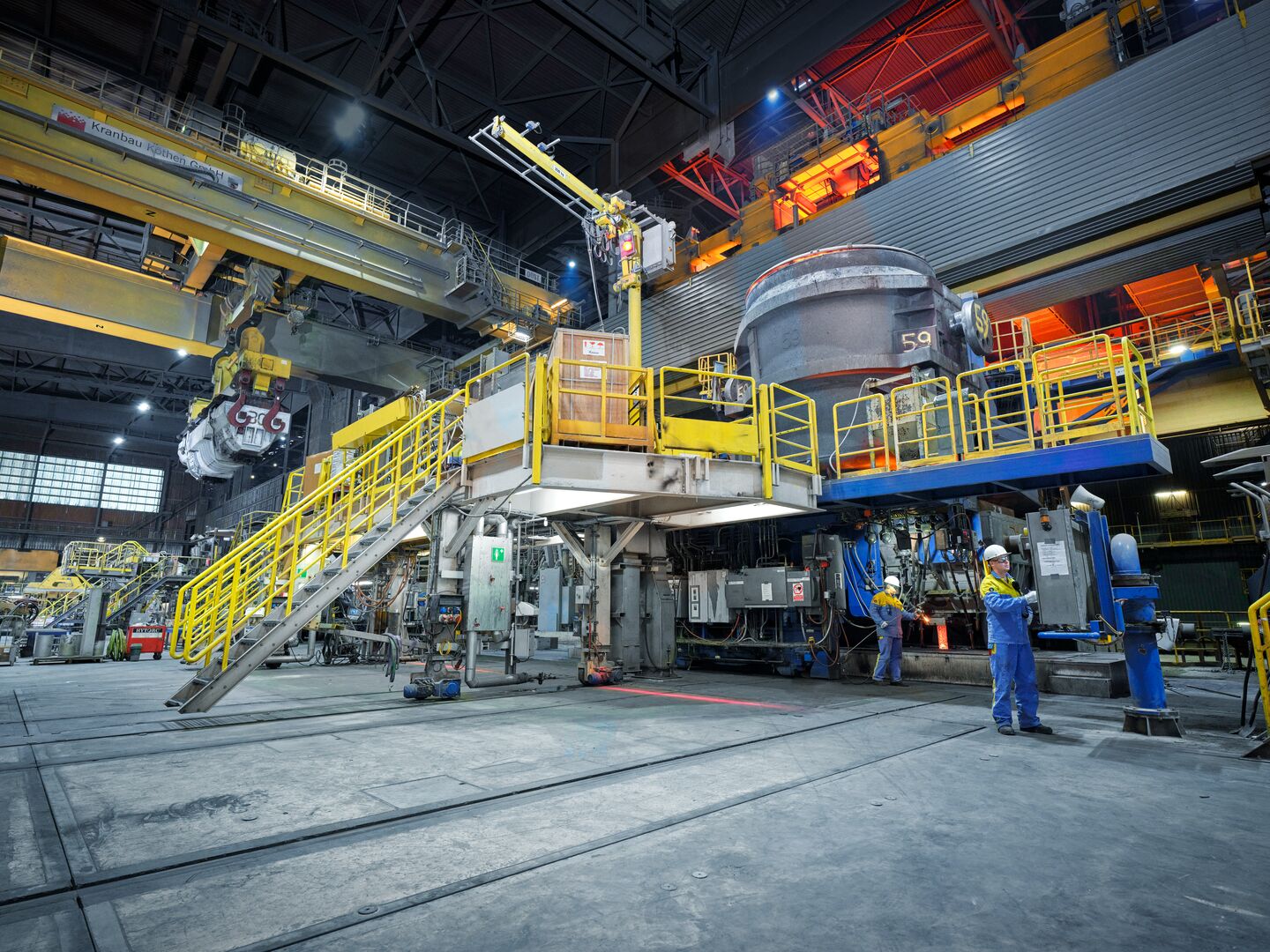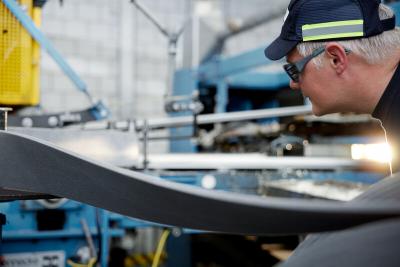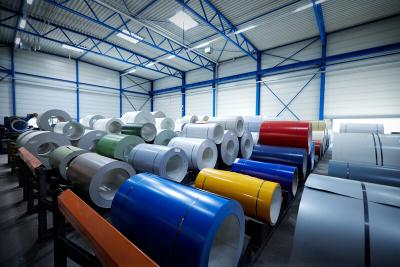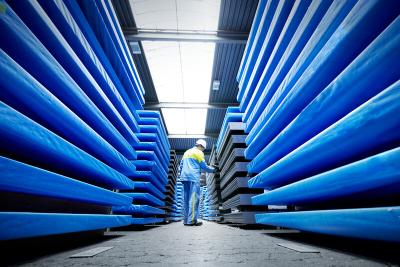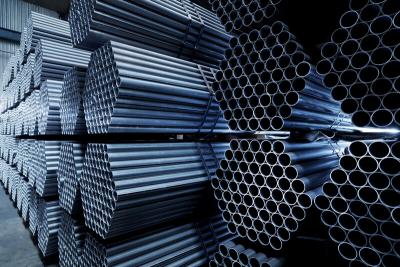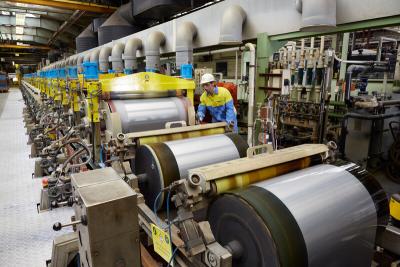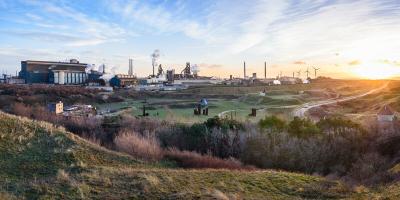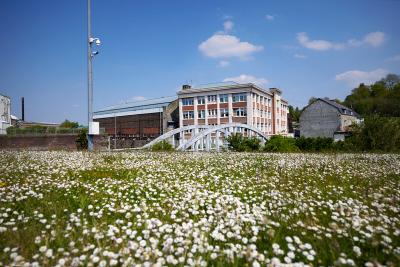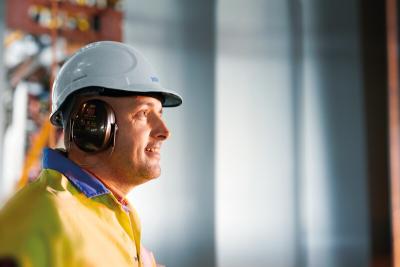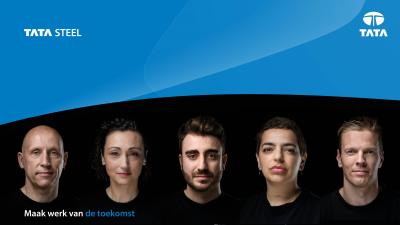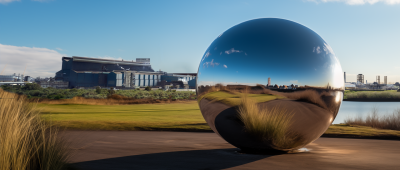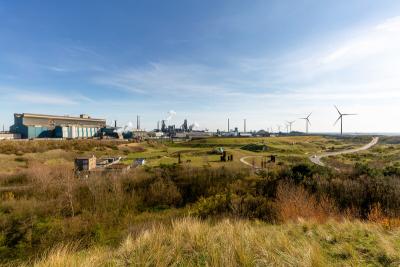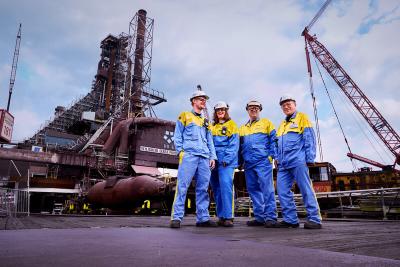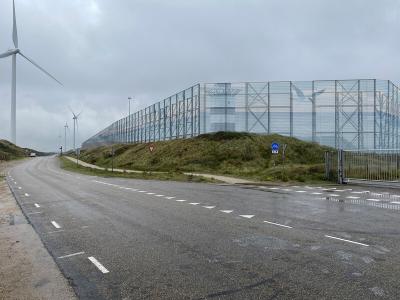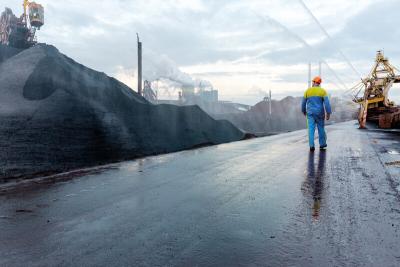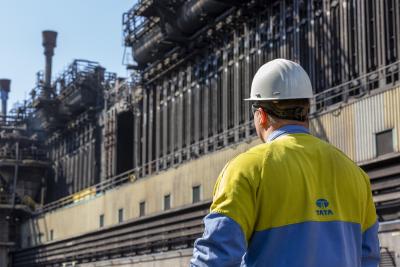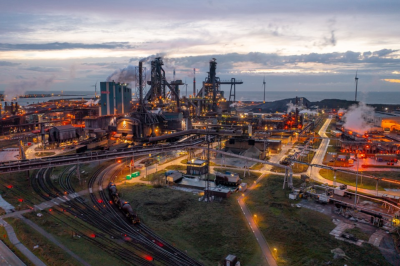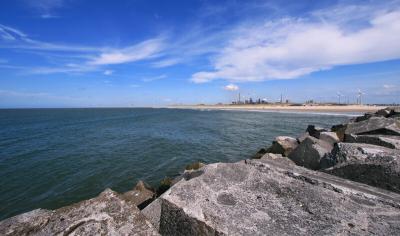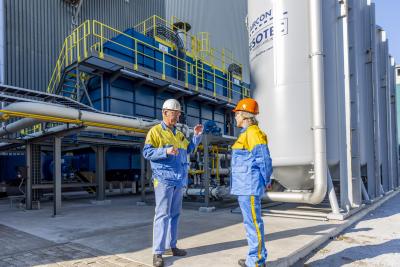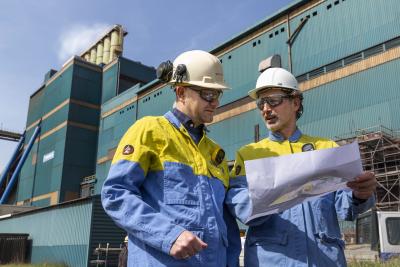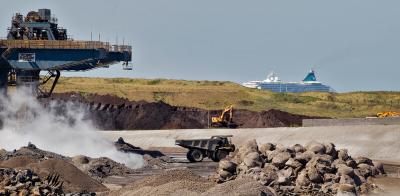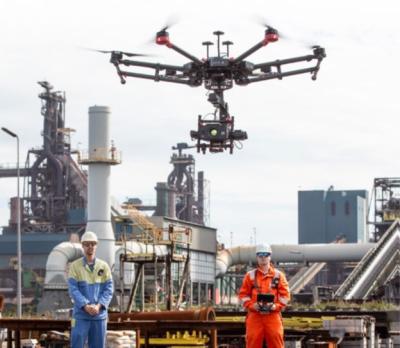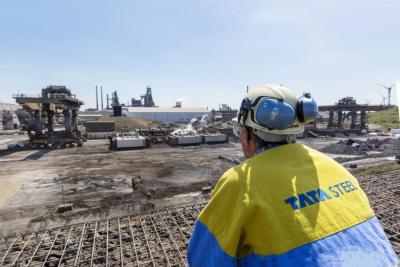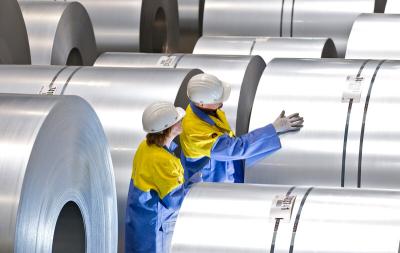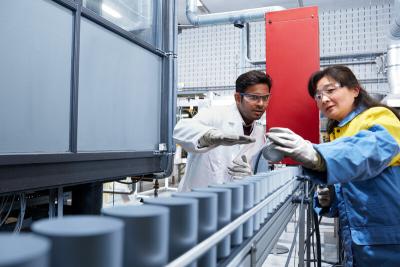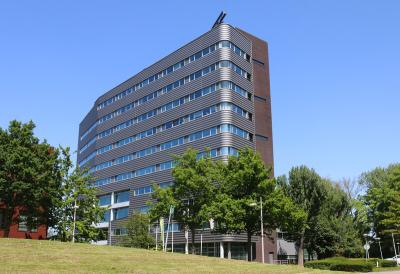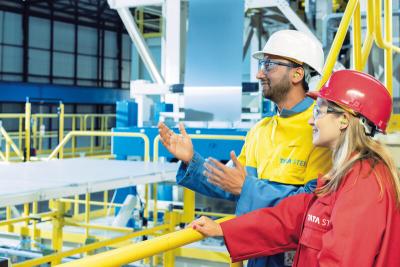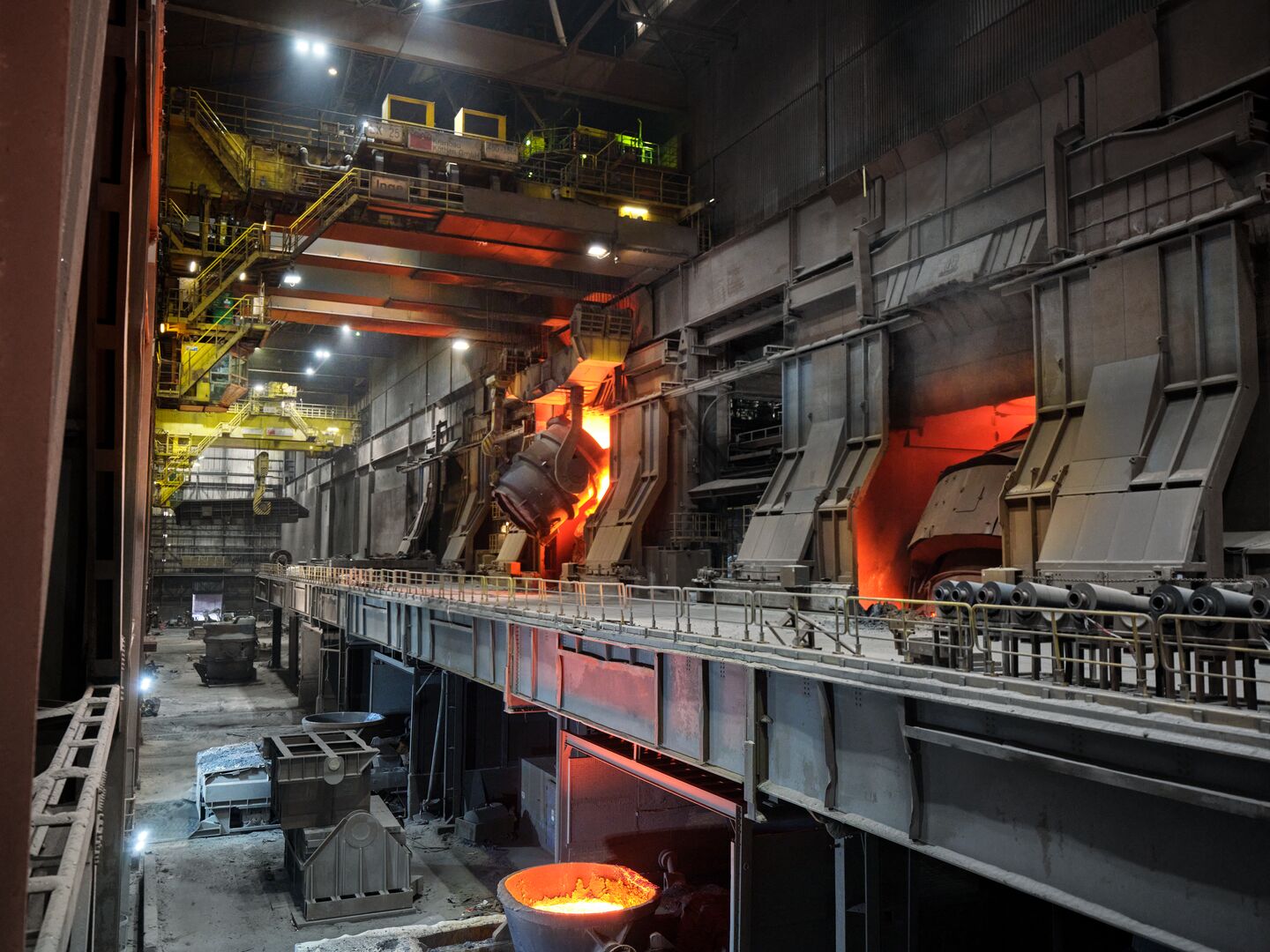What's a DRI plant?
A DRI plant produces Direct Reduced Iron (DRI), also known as sponge iron, by directly reducing iron ore using natural gas or hydrogen instead of coal. This gas binds the oxygen to the iron ore, creating a porous product that is then melted in an electric arc furnace (EAF) to produce high-quality steel.
This technique is a more sustainable alternative to traditional blast furnaces, with significantly lower CO2 emissions and the possibility of using scrap metal.
How does a DRI plant work?
Iron ore, usually in the form of pellets, is placed in a shaft furnace. Natural gas or another reducing agent, such as hydrogen, is supplied.
In the shaft furnace, the reducing agent reacts with the iron ore at a temperature of around 950-1050 °C. The gas, a mixture of hydrogen and carbon monoxide, extracts the oxygen from the iron ore, producing sponge iron.
The end product is sponge iron, which is rich in pores.
The sponge iron is then transported to an electric arc furnace. Here, it is melted together with steel scrap using electric current.
What happens at the DRI Plant?
-
14 November 2025
#News
Tata Steel Nederland (TSN) will acquire the Vattenfall power plants in the IJmond region. A definitive agreement has been signed today by both parties. As part of the transaction, all
-
29 September 2025
#News
Tata Steel signs the non-binding Joint Letter of Intent with the Government of the Netherlands and t
-
19 September 2025
news
-
30 June 2025
Nieuws
Measures
Discover more facts about our company, our emissions and our measures.
EN - Sustainability - L2 Green Steel Plan
EN - Green steel and sustainability - L3 DRI TECHNOLOGY
